
Mercedes-Benz A-Class Hatchback (2013-2018) review
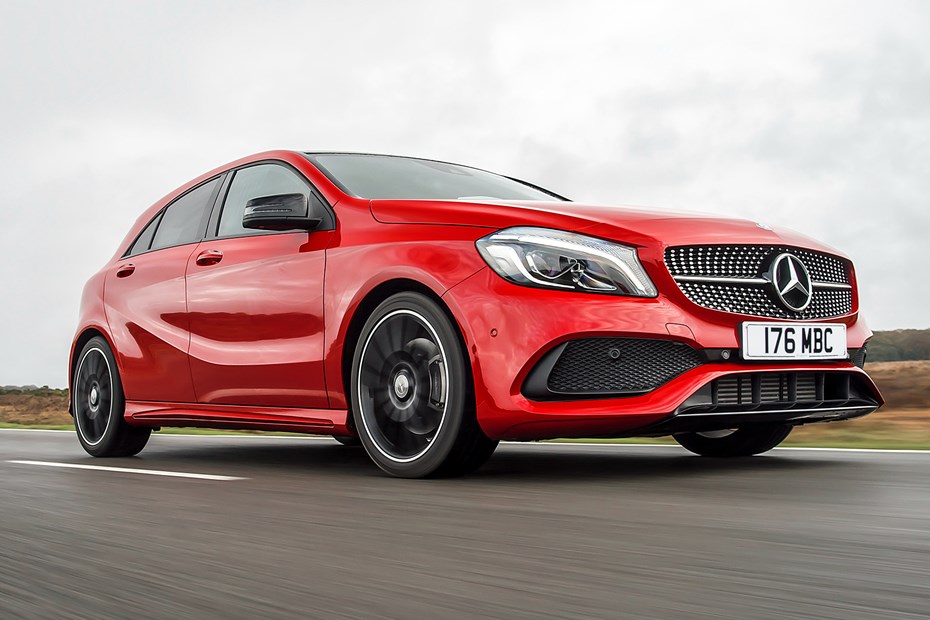
At a glance
| Price new | £18,970 - £47,860 |
|---|---|
| Used prices | £3,175 - £18,074 |
| Road tax cost | £20 - £620 |
| Insurance group | 13 - 36 |
Get an insurance quote with

|
|
| Fuel economy | Not tested to latest standards |
| Range | 451 - 836 miles |
| Number of doors | 5 |
| View full specs for a specific version | |
Available fuel types
Petrol
Diesel
Pros & cons
- Rakish, sporty styling
- Low-emission diesel option
- Stunning A45 performance
- Expensive to buy
- Not that exciting to drive
- Servicing expensive
Mercedes-Benz A-Class (13-18) rivals
Overview
If you’ve ever wondered why it’s hard to choose between new cars or smartphones, the 2013 Mercedes-Benz A-Class (W176) is the perfect example. Mercedes entered the small, front-wheel drive car market in 1998 with the immensely clever A-Class, and refined the concept for the 2005 W169 – but the prevalence of three-pointed stars on the used car market and on Britain’s high streets is down to this, the third generation A-Class. It’s an excellent second hand buy if you’re looking for a five-door hatchback like, say, a Golf.
The original Mercedes A-Class embraced the Apple approach of the ’90s – ‘think different’. It provided a real alternative to a VW Golf or Audi A3, packaging S-Class passenger space (or van-like cargo capacity) into a car the same length as a Ford Ka or Mk5 Fiesta, by using a tall one-box body. However, where Apple disrupted the market and everyone copied the iPhone, A-Class clones did not change the world.
So for their ‘3G’ in 2013, Mercedes chose to compete directly its rivals. The all-new Mercedes A-Class (W176). Compared with the previous W169 model, it was like chalk and cheese. For new car buyers, though, it was more akin to cheese and cheese. A small Mercedes that wasn’t weird could finally go head-to-head with the top-selling Audi A3 Sportback and BMW 1 Series. Sales responded accordingly, shooting upwards as VW Golf buyers could finally choose a mainstream Mercedes-Benz equivalent.
The launch of a halo AMG A45 hot hatch version, with the world’s most powerful 2.0-litre turbo engine, only added to the A-Class’s credentials, and sales kept on growing. Which is great news for used car buyers today – there is a rich array of secondhand A-Class models to choose from.
But before you dive in, be sure to read our guide, as there are a few ‘buyer beware’ pointers you need to be aware of…
Mercedes-Benz A-Class (2013-2018) buying guide
At launch this was a whole new class of car for Mercedes, but some engineering was shared with Renault Megane and Infiniti and the ‘MFA’ platform was already mature as the basis for the second-generation B-Class. Fit and finish improves on 2015-on models, which also benefit from a modern facelift similar to current Mercedes design.
Four-wheel drive models are available, and as you would expect from Mercedes, the automatic gearbox option is relatively easy to find, and generally more reliable than rivals. Euro 5 diesels are cheap – if you don’t need to worry about ULEZ. We would go for a 2015-18 A200d for motorway and rural mix, or the A180 petrol if you want to avoid diesel. The Mercedes-AMG A45 (or A45 AMG pre-2015) is an excellent Golf R rival, but avoid thrashed ones – urban boy racers love them.
Despite the precedent set by the space-efficient original A-Class, don’t expect rear seat space or boot capacity to match a Volkswagen Golf. The 2013-18 A-Class is pretty cramped back there, and you might find a 2012-19 B-Class more suitable if you need family-friendly practicality.
You’ll struggle to avoid the ubiquitous AMG-Line ‘sporty’ trim level, but SE or Sport and smaller wheels are nicer to live with if you’re in an area with badly potholed roads.
Mercedes A-Class (W176) known faults and common problems
1. Decoding the engines – ones to avoid?
Mercedes-Benz uses three-digit numbers to mark out different types of engine – from A160 to A250. You might think the number refers to the engine size, but it doesn’t. Instead, it’s to indicate the hierarchy: the higher the number, the greater the power output. A petrol-powered A160 produces 101hp – it’s 122hp for the A180 and 156hp for the A200 – and all use a 1.6-litre petrol engine.
Listen for timing chain rattles, and we’d avoid early 1.5-litre diesel models. The 2.1-litre diesel is noisy and shakes the interior trim at idle, but the main concern on those is failing NOx sensors and emissions system faults, such as AdBlue tank and pump.
The A250 has a 211hp 2.0-litre (and optional 4Matic four-wheel drive). There’s a 1.8-litre (later 1.5-litre) 109hp A180 diesel, 136hp A200 and 168hp 2.1-litre A220. Manual gearboxes were standard but we prefer the auto, controlled by a stalk on the steering column. A dual-clutch automatic is used in 7G-DCT models. As for the A 45 AMG, that produces at least 360hp…
2. Equipped to succeed – do the gadgets work?
All A-Class trim levels arw well-equipment. The range comprises SE, Sport and AMG Line, with even entry-grade SE boasting air con and electric windows (although alloys only became standard later, most will still have them fitted). Sport has racier alloy wheels and more interior equipment. Safety equipment on all A-Class is comprehensive, with a standard collision prevention system. Replacement windscreens need calibration of the sensors.
Check that the infotainment screen works, and that you have all the original keys and documents. Apple CarPlay can be added to earlier cars but it is expensive, particularly for the older system. NTG 4.5 (pre-2015) features a 7.0-inch central display, NTG 5.1 has an 8.0-inch, though option packs upgrade that to 10.25-inch.
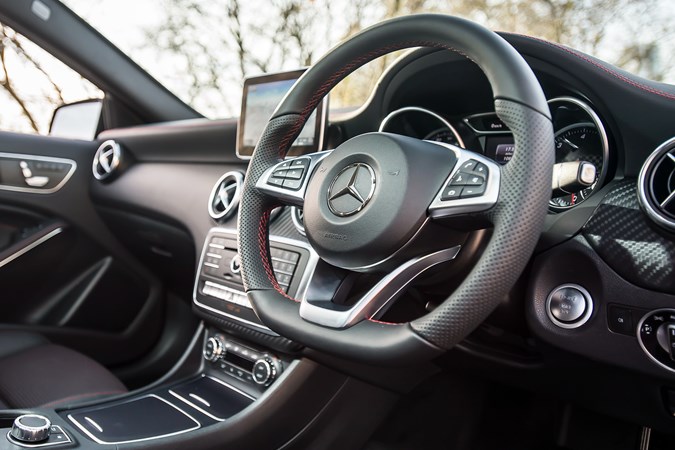
3. AMG-Line – sporty, but not always sporting
AMG-Line variants are the most visually appealing models and sold in large numbers, so they’re easy to find. They have lowered suspension, large double-spoke AMG alloy wheels and, inside, a sportier makeover.
However, they don’t have AMG power. Fuel-efficient diesel engines and even the slower petrol models can be found with AMG attitude. The ride quality is stiff, and the large wheels are easily kerbed. or cracked on potholes. Check for suspension bush wear, misaligned steering, and uneven tyre wear or sidewall damage.
4. Noisy interior trim and rattles
The A-Class has a modern-looking interior that’s very Mercedes-Benz. We love the cowled dials and exotic central air vents. But early cars were lacking a little of the Mercedes-Benz build quality the brand is famous for. Rattles can therefore be surprisingly commonplace, from the dashboard, door panels and even the height-adjustable seatbelt mounts. 2.1-litre diesel models are particularly prone.
Listen carefully to the roof area when driving an A-Class with a panorami sunroof, as it may need new plastic guides. Trim rattles don’t mean the car has been taken apart a lot necessarily, particularly if they’re only noticed over bumpy roads or cobbles.
5. 2015 facelift – Euro 6 diesel, better trim and tech
The A-Class was facelifted in 2015, and these cars are well worth going for if your budget can stretch that far. Build quality was better and some of the electrical niggles that afflicted earlier cars were cured. These A-Class have smoother lights and bumpers, the option of a distinctive ‘star-burst’ grille and some new, improved diesel engines that are even more economical.
All 2015-on diesels are Euro 6 compliant, with AdBlue, and options such as adaptive lights should be checked properly as they can be expensive to replace. Use a diagnostic code reader that supports all the systems to check for error codes.
6. Diesel particulate filter and AdBlue
Watch for smoky diesels, particularly higher-mileage models – and steer well clear of cars where the exhaust smoke is white or blue: either spells expense. Sometimes, on low-mileage cars, you might notice an excess of black smoke. This could point to the diesel particulate filter being blocked (it’s sometimes accompanied by a light on the dashboard). It can clear if you take it for a blast on a longer journey, but if you’re buying from a dealer, get them to fix it instead before agreeing a deal. Bypassed DPFs are an MOT failure.
Check the AdBlue level is showing correctly on the dashboard, and use a code reader to check for any issues with the NOx sensors after a test drive – it can take a few drives for the car to log the fault permanently, rather than as a pending code.
7. Know your diesels: CDI, BlueEfficiency, and ‘d’
Facelifted diesel cars can be spotted through the model name, as they have ‘d’ after the number. Pre-facelift cars were known as ‘CDI’, with BlueEfficiency (on petrol and diesel) added if they have low CO2/better emissions tech such as stop-start. That does not mean they are Euro 6, however – if looking at a 2013-2015 diesel A-Class and the seller claims it is ULEZ compliant, check the registration with TfL first.
8. Apple CarPlay and Android Auto support
One major reason to choose a 2015-on facelifted A-Class is the improved NTG 5.1 infotainment system that includes both Apple CarPlay and Android Auto hardware support – though not all models have it enabled. This means you’ll more easily be able to control your smartphone – and if the car doesn’t have sat nav as standard, it’s no major problem as you can use your phone’s navigation through the screen instead.
Earlier models with NTG 4.5 can have it added with an expensive box that integrates with the factory screen, whereas later models may just need a software update and cable. Wireless support requires a third-party accessory as well, however.
9. Service history – fixed prices, long intervals
The A-Class requires servicing every year or 15,000 miles, whichever is sooner. It is a pricier car to service than a mainstream model, though Mercedes offers service packages. The big service is due every four years. It’s worth factoring this in if you notice one is due when flicking through the car’s service history.
If the seller claims the history has been lost, main dealer history should be available from any dealer’s records. As these cars get older you’re more likely to find ones with skipped or patchy history, and the main concerns should be automatic gearbox fluid change, 4Matic fluid and filter change, and any bills for AdBlue/DPF/NOx sensor repairs. Routine servicing is easy to DIY and Mercedes service parts are competitively priced. Sensors, tanks and electronic modules, on the other hand, are very expensive.
10. Low CO2 models – worth seeking out?
Like most competitive diesel cars of the era, the A-Class is cheap to tax, with low VED bands on all but the most powerful. The lower-power diesels impressively fuel-efficient, but their low CO2 emissions means cars registered before spring 2017 enjoy particularly cheap VED (road tax). The super-eco A180 CDI and d models actually get free road tax thanks to sub-100g/km CO2 emissions – but as they age, the emissions control systems such as the DPF could need replacement, wiping out the saving in VED.
What’s a used Mercedes A-Class (2013-2018) like to live with?
Today, the 2013 Mercedes-Benz A-class offers lots of prestige for relatively modest money if you shop around. It’s a capable all-rounder, although it lacks the quality or dynamic polish you might expect at this level. Generally, they are still relatively reliable, but beware of some truly abused and thrashed examples.
Over the next few pages, we’ll review each aspect of the Mercedes A-Class, taking into account its practicality, comfort, fuel economy and performance. If you’re short on time, you can also skip to our verdict page to see if we recommend the Mercedes A-Class as a good used car.



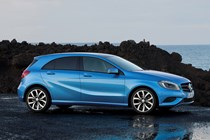
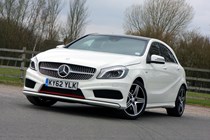
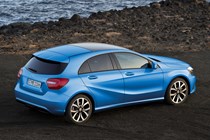
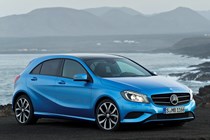
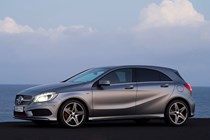
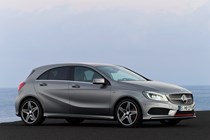
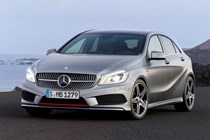
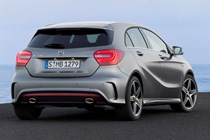
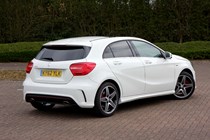
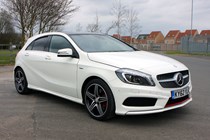
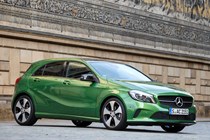
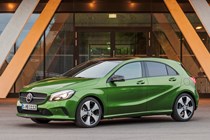
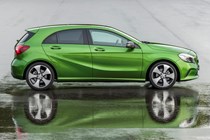
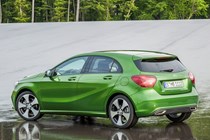
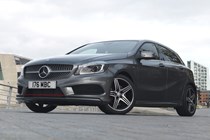
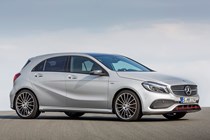
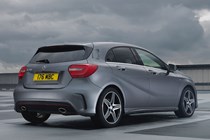
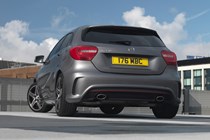
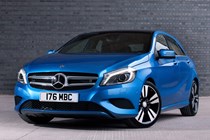

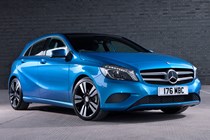
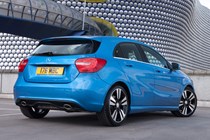
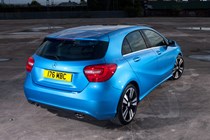
.jpg)

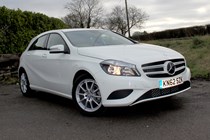
.jpg)
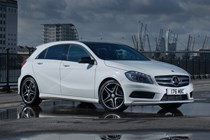
.jpg)
.jpg)
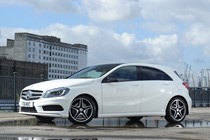
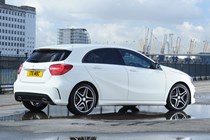
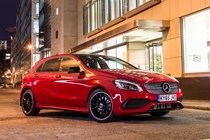
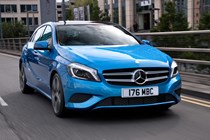
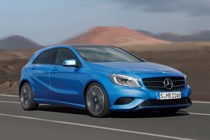
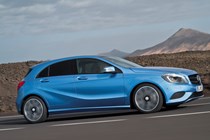
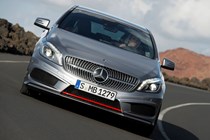
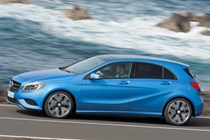
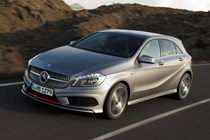
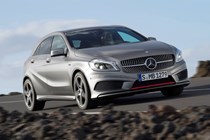
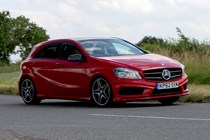
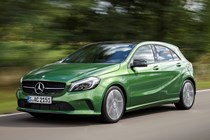
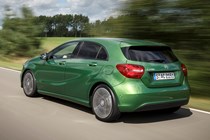
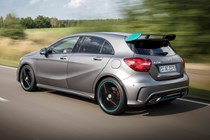
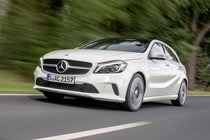
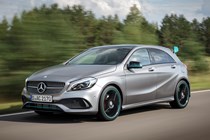
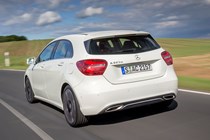
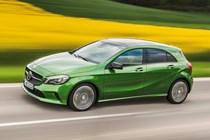
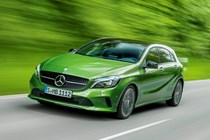
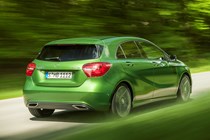
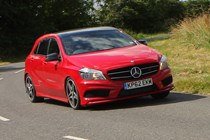

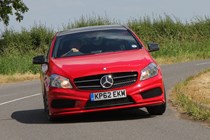
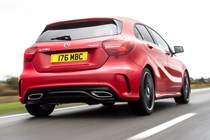
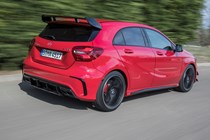
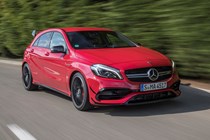
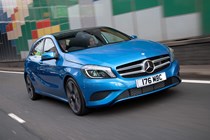
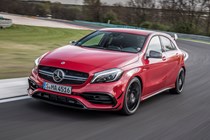
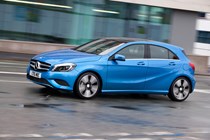
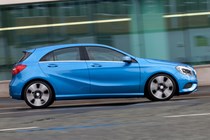
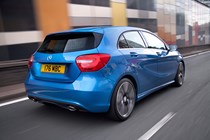
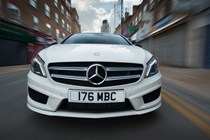
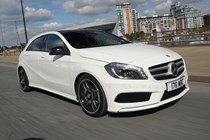
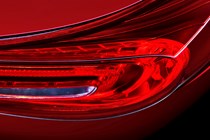
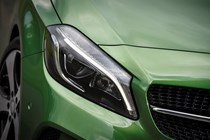
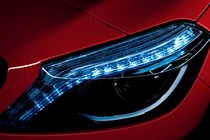
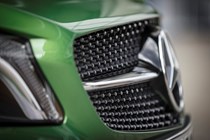
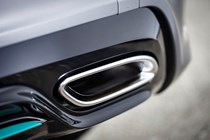
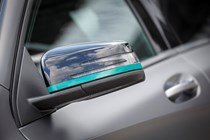
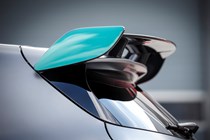
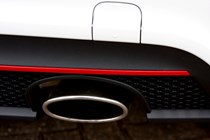

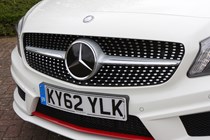
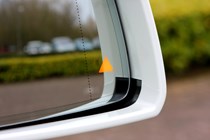
.jpg)
.jpg)
.jpg)
.jpg)
.jpg)
.jpg)
.jpg)
.jpg)
.jpg)
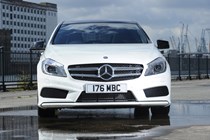
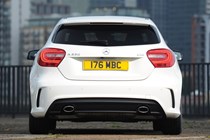
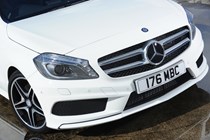
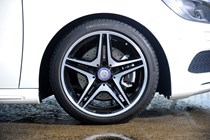
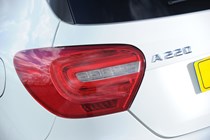
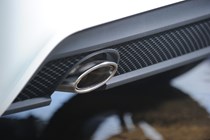
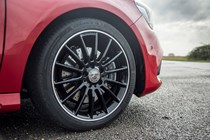

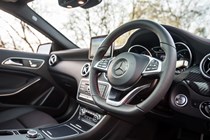
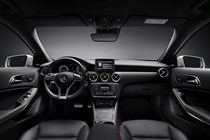
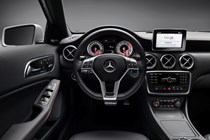
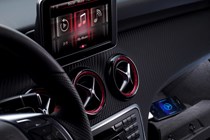
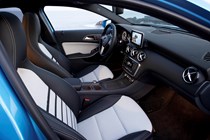
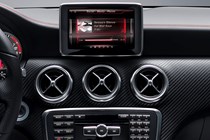
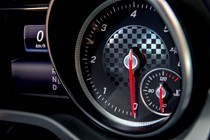
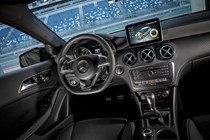
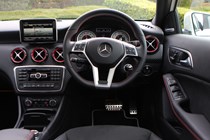
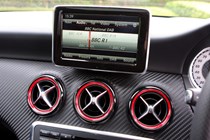
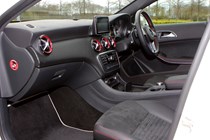

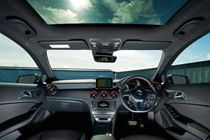
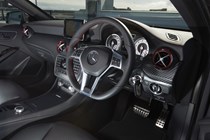
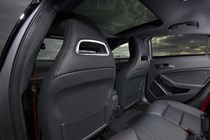
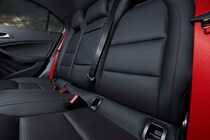
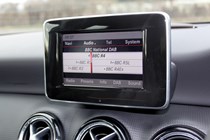
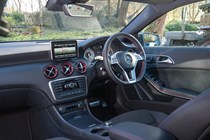
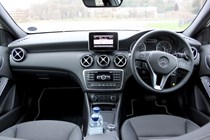
.jpg)
.jpg)
.jpg)
.jpg)
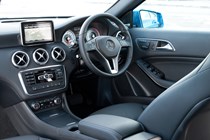
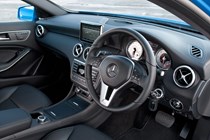
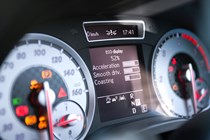
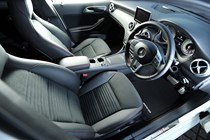
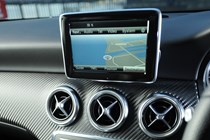
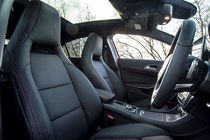
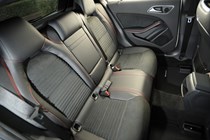
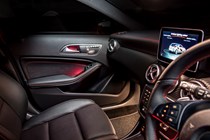
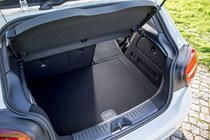
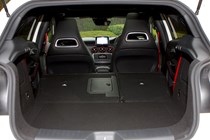
.jpg)
.jpg)
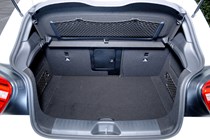
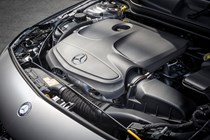
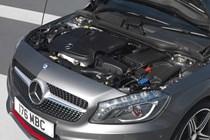
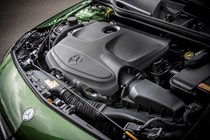
.jpg)

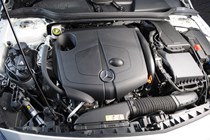
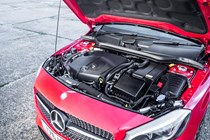
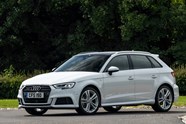
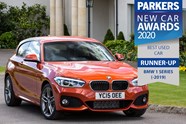
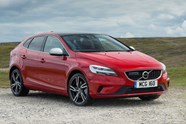
























.jpg?quality=50)


.jpg?quality=50)

.jpg?quality=50)
.jpg?quality=50)












































.jpg?quality=50)
.jpg?quality=50)
.jpg?quality=50)
.jpg?quality=50)
.jpg?quality=50)
.jpg?quality=50)
.jpg?quality=50)
.jpg?quality=50)
.jpg?quality=50)



























.jpg?quality=50)
.jpg?quality=50)
.jpg?quality=50)
.jpg?quality=50)










.jpg?quality=50)
.jpg?quality=50)




.jpg?quality=50)


